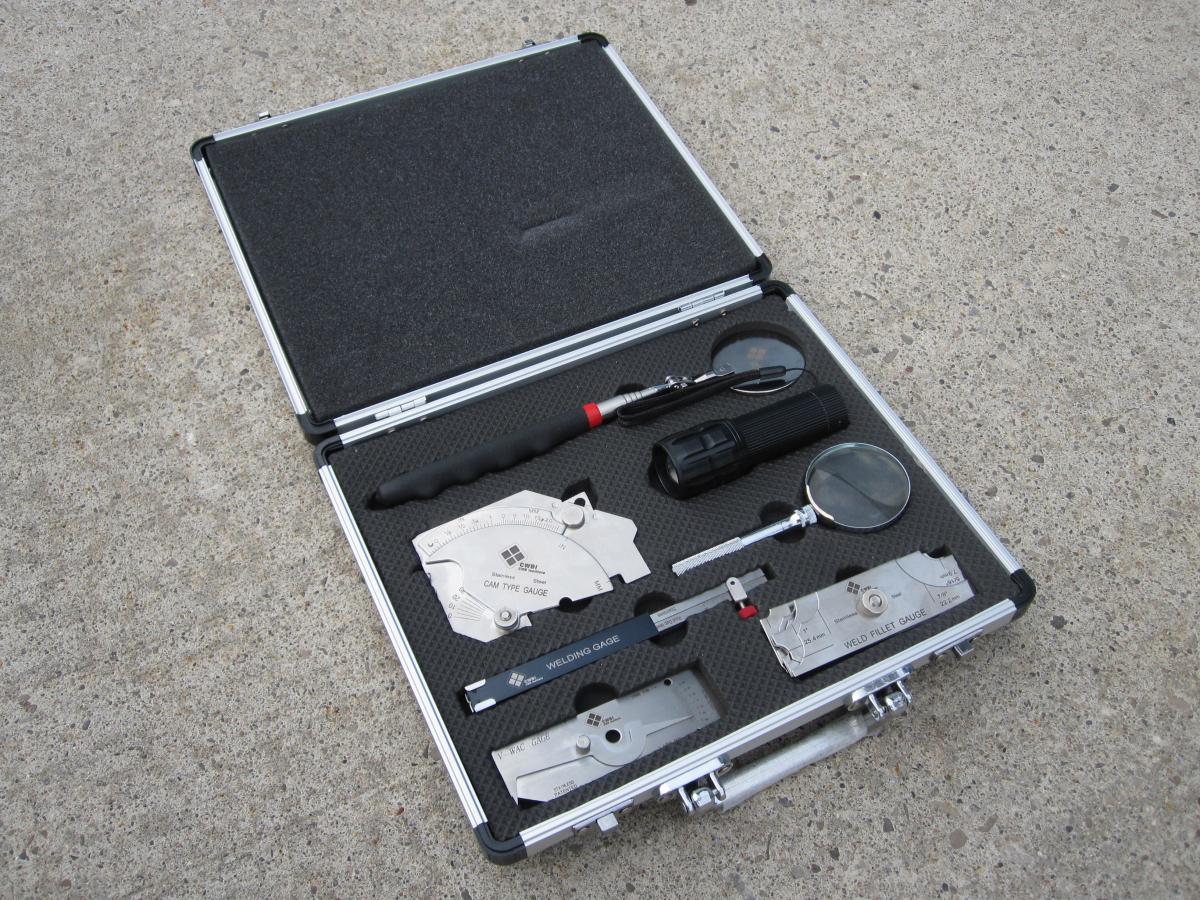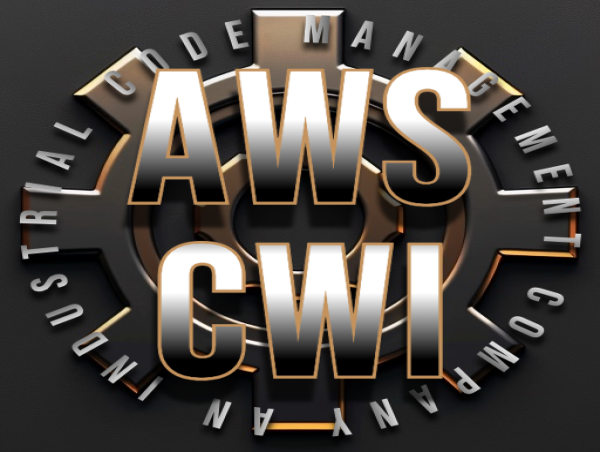How to Prepare for a Welding Inspection Milwaukee Experts Recommend

Exploring the Different Approaches and Requirements of Welding Assessment for Achieving Conformity and Dependability in Engineering Applications
The value of welding assessment in engineering applications can not be overemphasized, as it functions as a critical secure for guaranteeing architectural integrity and conformity with industry criteria. Various approaches, including aesthetic evaluation and advanced non-destructive screening methods, provide crucial understandings into the top quality of welds. Furthermore, adherence to well-known regulatory requirements such as those from AWS and ASME develops a framework for responsibility and excellence. However, the landscape of welding assessment is continuously progressing, motivating a closer exam of emerging techniques and their ramifications for engineering reliability. What might these advancements require for future jobs?
Value of Welding Inspection
Welding examination plays an essential role in guaranteeing the integrity and safety of welded frameworks. The importance of welding assessment can not be overstated, as it serves as a secure against prospective failures that might result from inadequate welding methods.
Furthermore, welding assessment is important for keeping quality control throughout the welding procedure. It ensures that the welds fulfill the required mechanical and physical properties needed for their intended applications. Routine assessments also foster a society of accountability and continuous improvement within welding operations, encouraging adherence to ideal methods and market requirements.
In regulated markets such as aerospace, building, and production, stringent welding examination protocols are mandated to follow lawful and security needs. Eventually, reliable welding inspection not only safeguards human life and residential property but likewise boosts the long life and reliability of bonded frameworks, making it a vital facet of engineering and building and construction.

Typical Welding Examination Methods
A range of inspection methods are employed to assess the top quality and honesty of welds, each customized to spot specific kinds of issues. Amongst the most usual approaches is aesthetic inspection, which entails a thorough examination of the weld surface area to determine visible flaws such as splits, damages, and inadequate blend. This technique is typically the initial step in the examination procedure because of its simpleness and cost-effectiveness.
An additional commonly used method is radiographic inspection, where X-rays or gamma rays penetrate the weld to expose internal flaws. This strategy is especially reliable for spotting porosity and inclusions within the weld material. Ultrasonic testing utilizes high-frequency audio waves to identify interior flaws, supplying a detailed evaluation of the weld's integrity.
Furthermore, magnetic fragment evaluation is made use of for ferromagnetic materials, permitting the discovery of surface and near-surface problems by applying magnetic fields and observing fragment patterns. Finally, color penetrant testing includes using a fluid dye to the weld surface area, disclosing cracks and other interruptions upon evaluation. Each of these techniques plays a critical duty in guaranteeing weld high quality and conformity with sector criteria
Non-Destructive Testing Techniques
Non-destructive testing (NDT) methods are essential tools in the assessment of weld high quality, permitting assessors to evaluate the integrity of welded joints without triggering damage to the products. Various NDT approaches are employed to determine possible defects, ensuring that welds satisfy the needed requirements for safety and performance.
One of the most widespread methods is ultrasonic testing (UT), which utilizes high-frequency acoustic waves to find interior imperfections such as fractures or spaces. Radiographic screening (RT) utilizes X-rays or gamma rays to create photos of welds, revealing any stoppages within the product. Magnetic bit testing (MT) is effective for detecting surface area and near-surface issues in ferromagnetic products through the application of magnetic fields and contrasting fragments.
Fluid penetrant testing (PT) is another widely made use of approach that includes applying a color to the surface of the weld, which seeps right into any kind of splits, making them noticeable under ultraviolet light. Each of these approaches gives one-of-a-kind benefits and restrictions, and the option of an ideal method is important to accomplishing precise analyses of weld stability. Inevitably, the application of NDT strategies dramatically adds to the reliability and security of design applications.

Regulative Standards and Compliance
In the home world of welding examination, adherence to regulatory requirements and conformity is paramount to guarantee the safety and security and reliability of welded frameworks (Welding Inspection Milwaukee). Various companies, consisting of the American Welding Culture (AWS), the American Society of Mechanical Engineers why not look here (ASME), and the International Company for Standardization (ISO), have actually established guidelines that regulate welding techniques and examination treatments. These criteria supply a framework for quality assurance, outlining the necessary credentials for assessors and the methodologies for examining weld stability
Conformity with these regulatory standards not only boosts the architectural honesty of bonded settings up yet additionally minimizes threats connected with failures, which can have catastrophic consequences. Assessments have to be performed using defined treatments, consisting of aesthetic, ultrasonic, and radiographic techniques, to make sure that welds fulfill defined requirements.
In addition, adherence to these requirements is commonly needed by law, specifically in markets such as building and construction, manufacturing, and aerospace. Regular audits and qualifications are important to maintain conformity, thus cultivating a culture of safety and high quality within organizations. Eventually, regulatory requirements and compliance act as the backbone of trusted welding evaluation techniques, making sure that engineered frameworks meet both efficiency expectations and safety and security demands.
Best Practices for Welding Assessment
While preserving conformity with regulative standards is critical, applying finest practices for welding evaluation better improves the safety and security and stability of welded frameworks. Reliable welding inspection begins with thorough planning, which consists of recognizing the specific requirements of each job and ensuring inspectors are well-trained in suitable approaches and standards.
Utilizing a detailed assessment list aids to ensure all crucial elements are examined, such as weld dimension, infiltration, and aesthetic issues. Non-destructive testing (NDT) techniques, such as ultrasonic or radiographic testing, must be utilized where ideal, giving an extra in-depth evaluation of weld quality without jeopardizing the honesty of the products.
Documentation plays a significant role in best practices; keeping exact documents of assessments, consisting of photos, test results, and conformity records, makes sure responsibility and assists in future evaluations. Additionally, fostering a society of open interaction in between inspectors and welders can lead to very early recognition of prospective issues, advertising prompt restorative actions.
Verdict
In recap, the application of rigorous welding examination techniques and adherence to established criteria are necessary for guaranteeing compliance and integrity in engineering applications - Welding Inspection Milwaukee. Strategies such as aesthetic inspection, radiographic screening, and ultrasonic testing work as essential devices in preserving and identifying defects quality control. By cultivating a culture of liability and excellence, companies can enhance the Full Report honesty and durability of bonded structures, inevitably adding to the safety and security and efficacy of design projects
Numerous methods, consisting of visual inspection and advanced non-destructive screening methods, give necessary insights into the top quality of welds.Welding evaluation plays an important role in ensuring the stability and safety and security of welded frameworks.A variety of examination methods are used to assess the top quality and integrity of welds, each customized to spot details types of flaws.Another commonly made use of technique is radiographic assessment, where X-rays or gamma rays pass through the weld to reveal internal problems.In the world of welding inspection, adherence to regulative criteria and conformity is paramount to guarantee the safety and security and dependability of bonded frameworks.